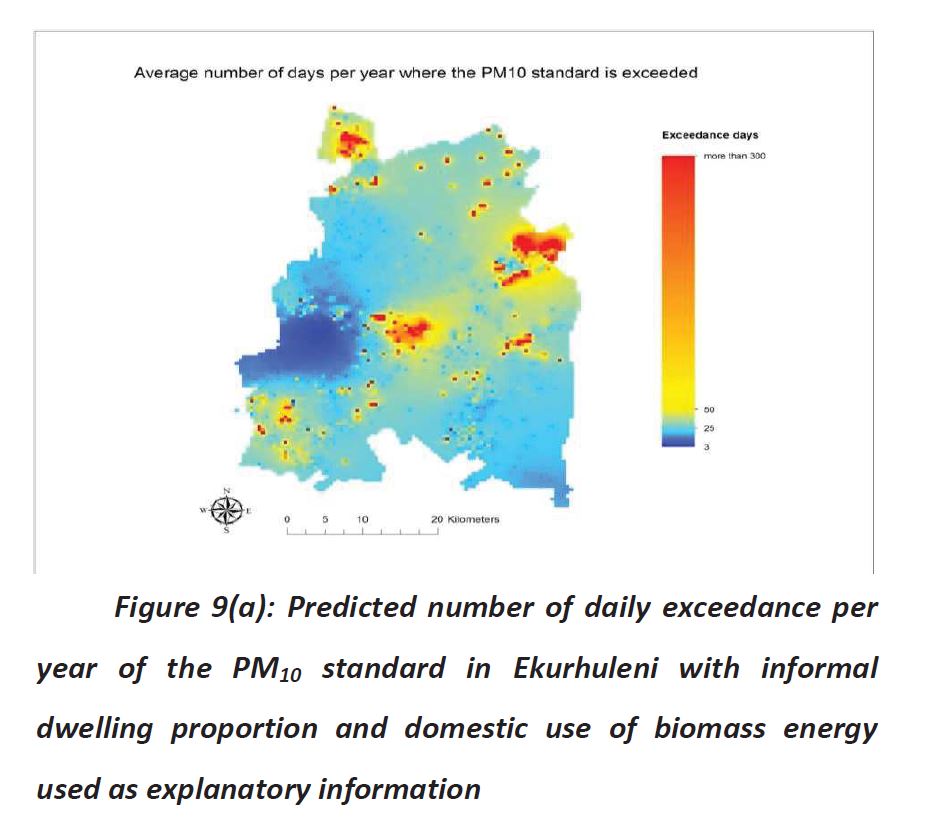The applicability of the South African Census 2011 data for evidence-based urban planning

In urban planning, it is important to understand settlements in terms of demographics, socio-economic and location characteristics. A key dataset used for such studies is a national census small area dataset. This paper provides three cases studies using the 2011 South African census small area data to highlight the value added as well as challenges identified in using these data. The data were used to study patterns in housing conditions for urban growth simulation, to determine new school locations in feeder catchments, and to aid air quality mapping. The methods undertaken for these case studies were an adaptation of k-means cluster analysis for distinguishing housing and household patterns in order to identify homogenous areas with similar demands for infrastructure and services; catchment analysis using Flowmap to determine new school locations; and Kriging with external drift to map an indicator of air quality.
In all case studies, the census small area data were critical and the information derived is deemed useful for various urban planning decisions, including planning for the provision of essential services, planning for air pollution control at locations where regulatory levels of pollutants are exceeded frequently, and planning for the development of social infrastructure in areas that are under-serviced.


Comments